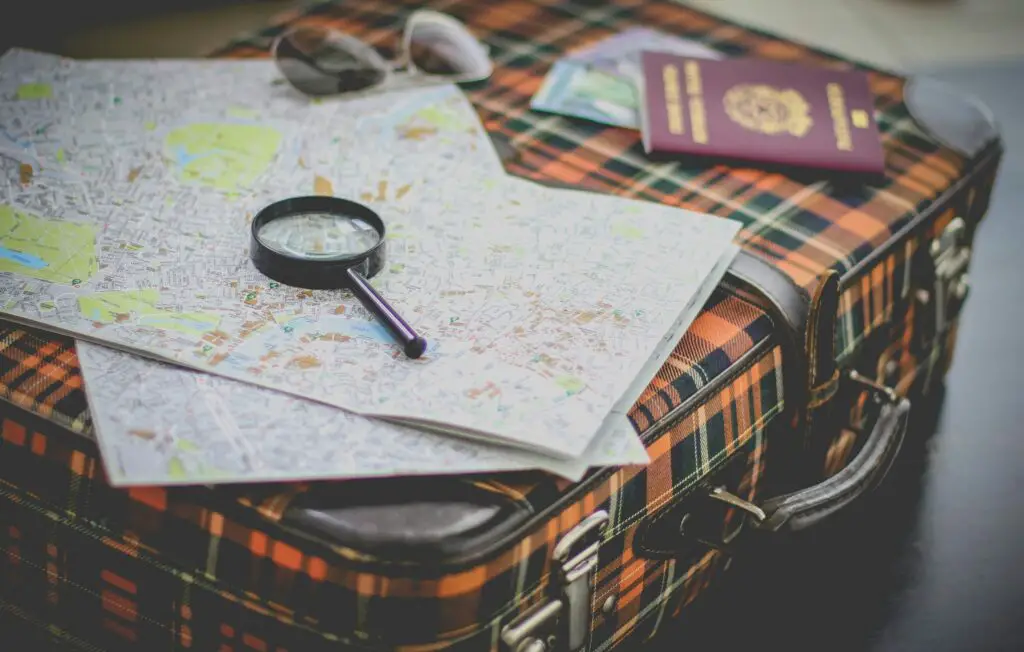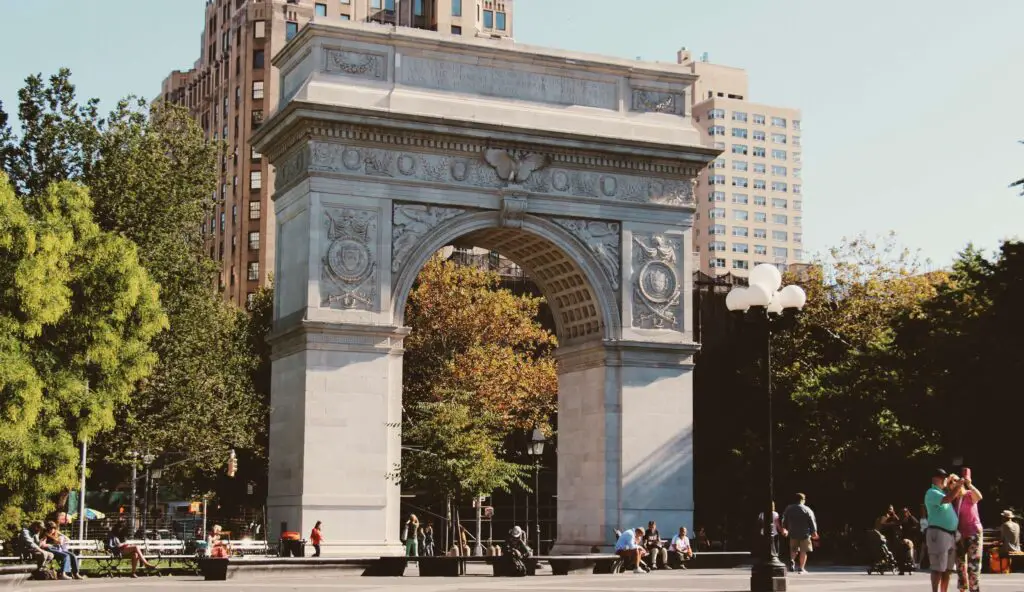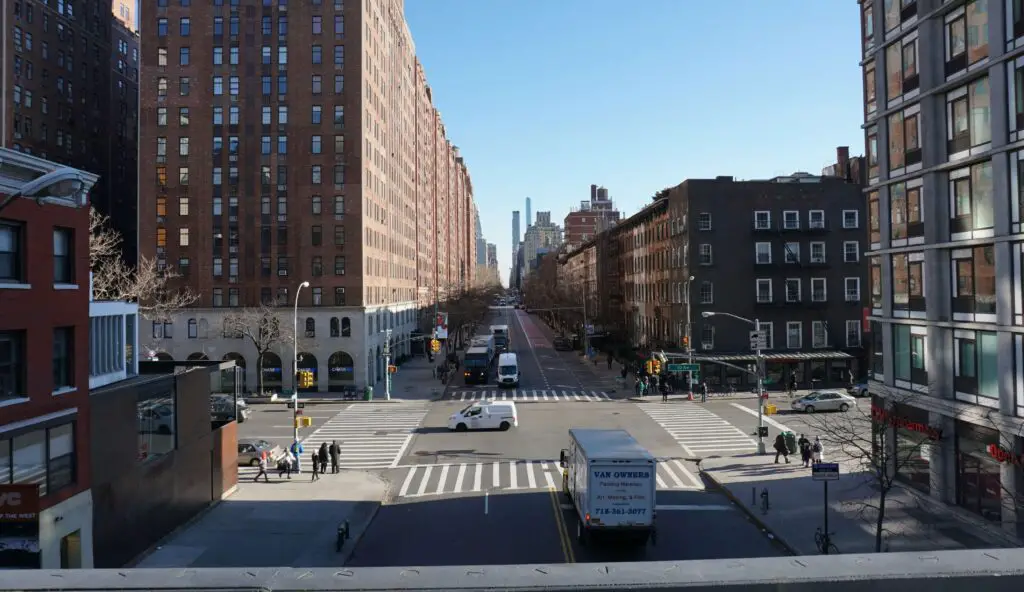
Embarking on a South Dakota Road Trip offers an invitation to discover an extraordinary blend of history, natural splendor, and authentic local culture. Situated in the heart of the Midwest USA, South Dakota unveils a landscape marked by dramatic geological features, time-worn monuments, and quaint small towns that echo with tradition. This journey is more than a drive—it is an experience that challenges you to slow down, appreciate the rugged terrain, and immerse yourself in a world where every mile tells a story of pioneering spirit and natural artistry.
As you traverse winding roads through the Badlands and enter the serene expanse of the Black Hills, you will witness breathtaking vistas that change with the light of day. With a carefully crafted itinerary and ample room for spontaneity, your adventure will include stops at iconic landmarks, hidden scenic overlooks, and unique encounters with local communities.
For those who love to plan every detail, a personal travel planner can help customize your route, while budget-conscious travelers can learn how to save money along the way. Every element of this odyssey—from discovering historical monuments to sampling regional flavors at a Nearest Restaurant to You spot—contributes to an experience that is both enriching and unforgettable.
Get ready to ignite your sense of adventure on a journey that celebrates the very best of South Dakota’s landscapes and cultural heritage.
Table of Contents
ToggleDiscovering South Dakota: A Natural Wonderland
South Dakota’s natural beauty and historical legacy unfold as you explore its diverse terrain. Ancient rock formations in the Badlands, steep canyons carved by time, and lush, forested peaks of the Black Hills set the stage for an immersive cultural and outdoor experience. Each landmark tells a story—from indigenous heritage visible in petroglyph sites to modern monuments that honor America’s pioneering spirit.
As you drive through scenic byways and stop to capture panoramic views, you can almost feel the pulse of history with every passing mile. Local museums and interpretive centers further enrich the journey, providing context and color to the awe-inspiring natural surroundings.
Essential Planning Tips for Your South Dakota Road Trip

A memorable road trip begins with thoughtful planning. Start by mapping your route to include essential stops and lesser-known detours. For a streamlined process, consider using a personal travel planner that customizes itineraries tailored to your interests. Be sure to check comprehensive travel tips that address seasonal weather, daylight variations, and necessary safety precautions.
And remember, learning how to save during your planning phase may help extend your adventure without stretching your budget. Lastly, a little extra research on travel insurance—perhaps via SafetyWing—can provide that added layer of security while exploring remote areas.
Must-See Attractions on Your South Dakota Road Trip
One of the undeniable highlights of your expedition is the journey through the awe-inspiring Badlands. This surreal landscape, with its sharply eroded buttes and layered rock formations, offers dramatic views at every turn. Venture along designated trails where informative signage details the region’s prehistoric past.
No trip here would be complete without stopping by iconic memorials like the monumental carving of Mount Rushmore. These sites not only emphasize American history but also invite reflection amid expansive skies. Beyond these world-famous landmarks, discover smaller attractions that dot the countryside—each one a hidden gem that adds a personal touch to your adventure.
Routes & Itineraries for an Epic Adventure

Creating a flexible yet comprehensive itinerary is essential. For travelers pressed for time, a three- to five-day route focusing on major highlights such as the Badlands, Mount Rushmore, and Black Hills provides a taste of South Dakota’s splendor.
For those with more time, consider a week-long exploration that weaves in off-the-beaten-path locales and scenic detours. Divide your schedule by themes—one day dedicated to geological wonders, another to historical sites, and yet another to cultural experiences in charming small towns. By leaving extra time for spontaneous stops, you invite unexpected local festivals and roadside discoveries that truly make the trip your own.
Local Cuisine and Cultural Experiences
A road trip isn’t complete without savoring the local flavor. In South Dakota, family-owned diners and charming eateries offer hearty, authentic meals that affirm regional traditions.
As you pause for lunch, use the Nearest Restaurant to You tool to guide you to local favorites that capture the essence of Midwestern comfort. These culinary stops not only satisfy your hunger but also offer a window into the area’s cultural heart, where recipes are passed down through generations and every bite tells a story of heritage and community pride.
Outdoor Adventures to Enhance Your Journey

For nature enthusiasts, South Dakota is a playground of outdoor recreation. Whether hiking through rugged trails in national parks or embarking on a quiet camping expedition under starlit skies, every activity brings you closer to nature’s wonders.
Visitors can explore well-marked trails that vary from easy walks to challenging treks, each offering a unique perspective of the local flora and fauna. Imagine spending an afternoon immersed in nature at a secluded lake or conquering a scenic overlook that provides a breathtaking vista over vast prairies. Such experiences not only invigorate the spirit but also lend themselves to moments of introspection and renewal.
Travel Tips for a Memorable Adventure
No journey is complete without practical advice to ensure safety and ease on the road. Before setting off, check out reliable travel tips and prepare by gathering essential gear—from first-aid kits to layered clothing suitable for sudden weather shifts.
For those traveling solo, valuable insights can be found in our guide on Solo Female Travel, complemented by expert Safety Tips for Women. Emphasize local etiquette and embrace community customs wherever you go, ensuring respectful interactions with residents. With these pointers in mind, you’ll find that being open to new experiences and unplanned detours is part of the adventure.
Take time to enjoy every stop along the way, knowing that even unplanned moments can become the most cherished memories of your journey.
Conclusion
In conclusion, a South Dakota Road Trip is an immersive experience that transcends the typical travel itinerary. Each winding road reveals strands of history, natural beauty, and cultural richness that define the state’s unique soul. From the dramatic vistas of the Badlands to the monumental legacy of Mount Rushmore, every stop offers a moment of reflection and discovery.
The journey is enhanced by thoughtful planning—using tools like a personal travel planner and practical guides such as travel tips—which ensure that your adventure is as seamless as it is exhilarating. Embracing both structure and spontaneity allows you to fully experience the serene landscapes and vibrant local communities.
Whether you are a solo traveler seeking safety insights through guides like Solo Female Travel or a family in search of budget-friendly options with ways to save, this road trip promises new perspectives and unforgettable moments.
As you reminisce over your South Dakota journey, the memories forged between historic sites, natural wonders, and warm encounters will continue to inspire your future travels.



